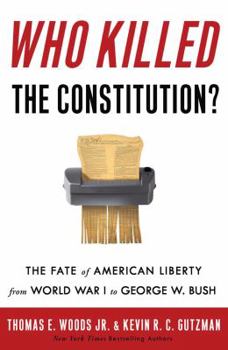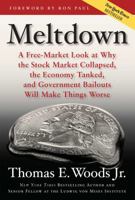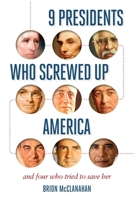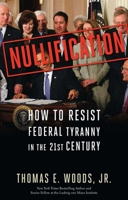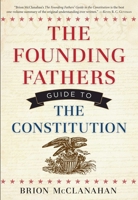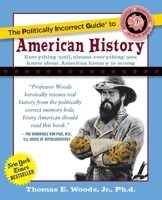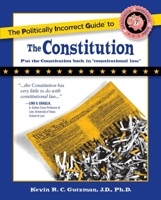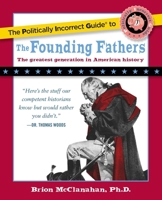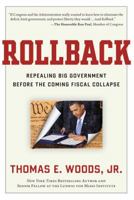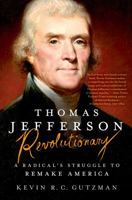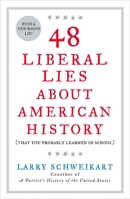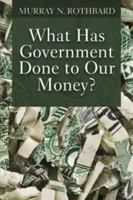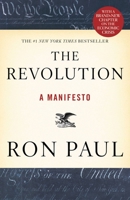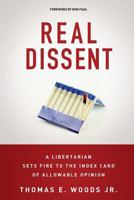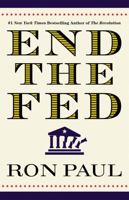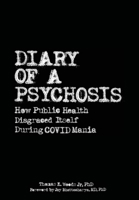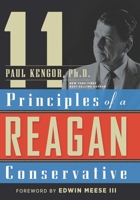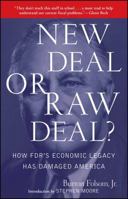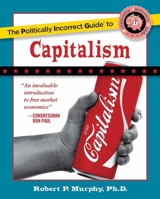Who Killed the Constitution?: The Fate of American Liberty from World War I to George W. Bush
Select Format
Select Condition 
You Might Also Enjoy
Book Overview
Customer Reviews
Rated 5 starsThe Death of the United States Constitution.
Let no more be heard of confidence in man, but bind him down from mischief by the chains of the Constitution. - Thomas Jefferson. _Who Killed the Constitution: The Fate of American Liberty from World War I to George W. Bush_, published in 2008, by Thomas E. Woods Jr. and Kevin R. C. Gutzman is a fascinating and horrifying account of the assaults on the Constitution by the federal government which have ultimately led to...
0Report
Rated 5 starsA Possible Post Mortum of the United States Constitution and the Bill of Rights
Messers Woods and Gutzman wrote a provocative book that should be read by Americans who actually care about law-and-order plus individual liberties. This reviewer has noticed that the number of Americans who do care is quite small. The book deals "The Dirty Dozen" cases and instances of abuse of government power, and the authors readily admit that this book could have been exponentially larger. This review will not cover all...
1Report
Rated 5 starsThis book makes my blood boil!
This book has made me painfully aware of what's really happening to my country. To say the Supreme Court has practiced activist decision making is like calling Einstein someone who dabbled in math. I get so angry/annoyed reading some of their decisions detailed in this book I have to put it down and go for a walk. Specifically, Wickard VS Filburn, brings "inventive logic" to a new level. And, the decision that the government's...
0Report
Rated 5 starsPathologists' report on the Republic
I sometimes think that in an era when "history" means who won last season's American Idol, one of the hardest things to get people to understand is that the assault on the American Constitution didn't begin with George W. Bush. The systematic attempt to expand and centralize State power at the expense of individual liberty goes much farther back in our past ... probably to the very adoption of the Constitution in place of...
2Report
Rated 5 starsConstitution Revived!
The Constitution has certainly been ignored by our elected officials. It can't be denied that the federal government is totally off the rails, doing whatever it wants to do despite the Constitution. It was probably human nature, the drive for more and more power, that killed it. Perhaps the document wasn't written and designed well enough to secure its main purpose: to bind the federal government to an assignment of expressly...
1Report











